Feeling frustrated about not having enough space? A beautifully designed extension can complement what the original building has to offer. Architects and designers work hard not only to accommodate some new spaces but also to make a statement with a bold juxtaposition.
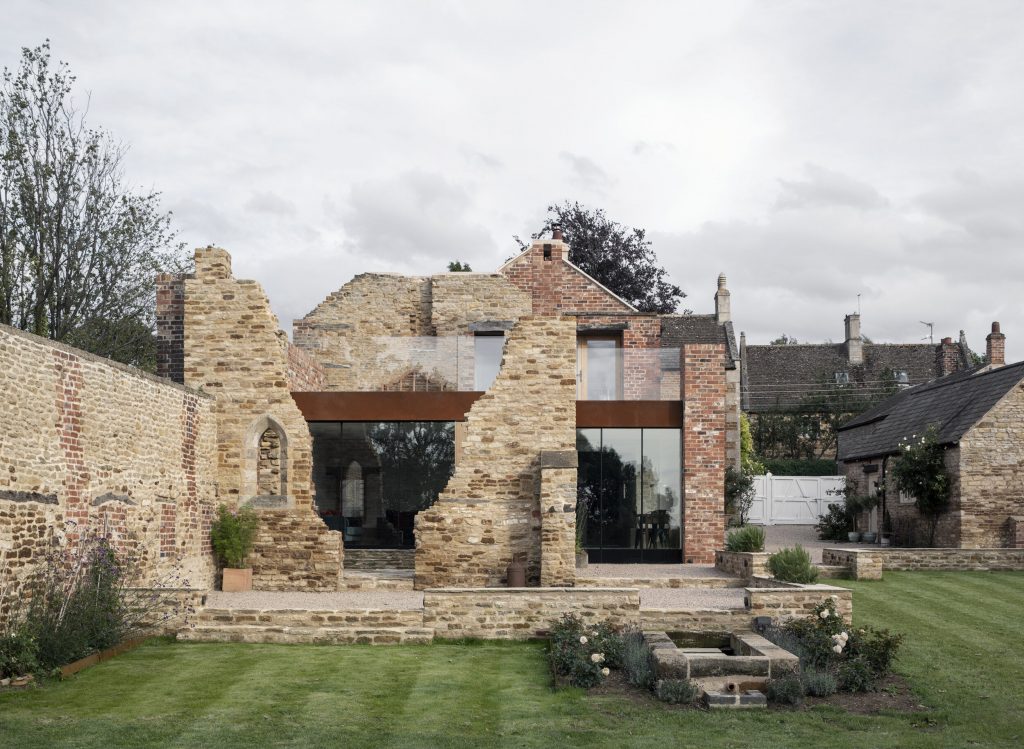
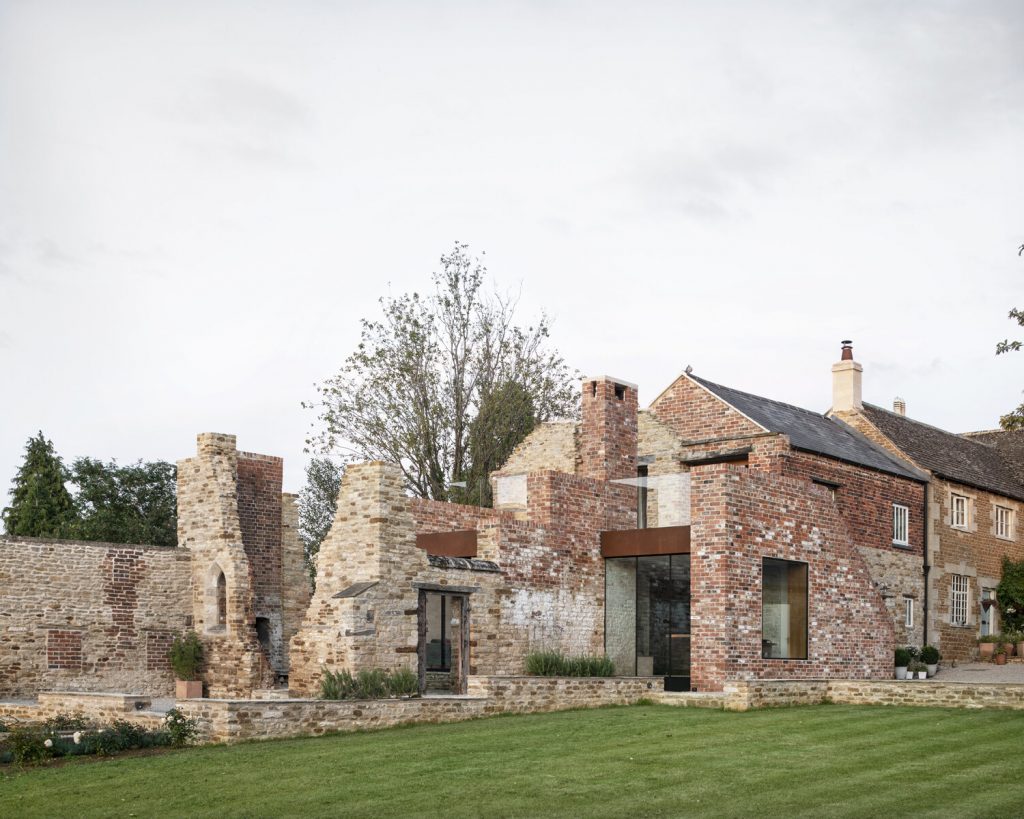
The Parchment Works by Will Gamble Architects (also header image)
A semi-retired couple has commissioned London-based practice Will Gamble Architects to create a residential extension to a listed Victorian house in Northamptonshire, UK on the place of the ruins of a 17th-century parchment factory and old cattle shed. Instead of demolishing the ruin to make room for the new extension, the studio proposed ‘a building within a building’ with two lightweight volumes delicately inserted within the masonry walls in order to preserve and celebrate it.
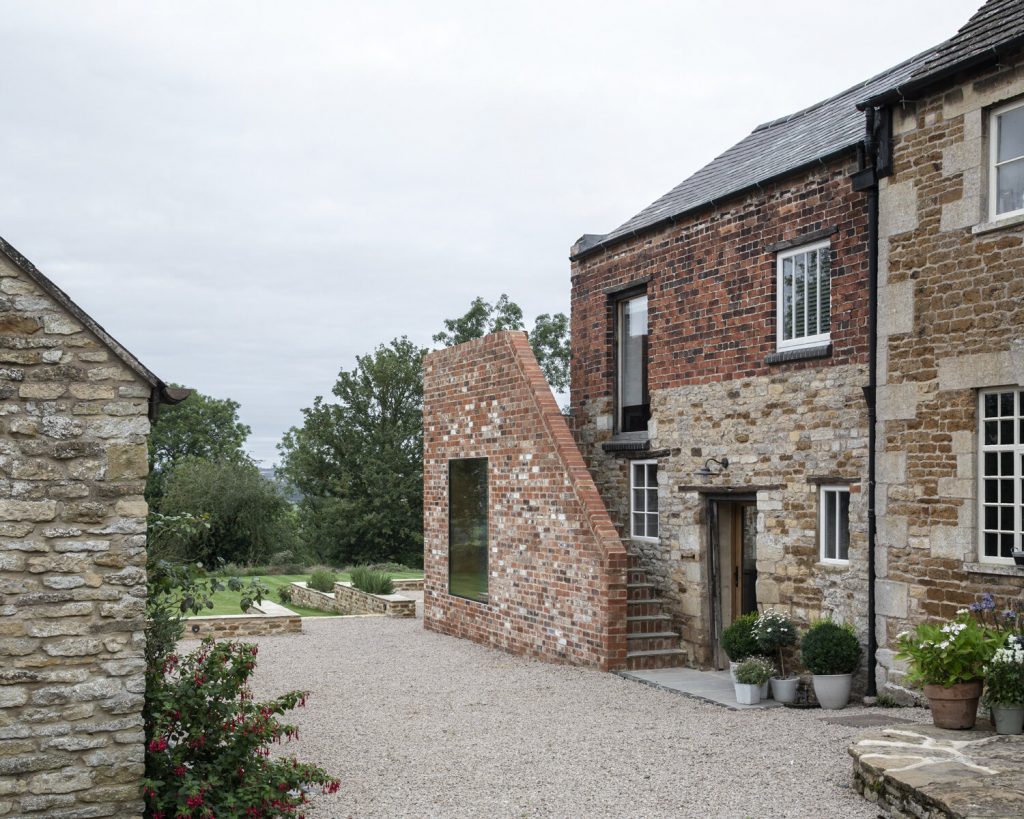

The Parchment Works by Will Gamble Architects
Named The Parchment Works, the single-storey extension introduces an open-plan kitchen, living and dining area, and occupies one half of the ruins footprint to reduce the visual impact of the newly built structure and ensure it is subordinate to the ruin. The remaining half was retained untouched to expose the internal face of the walls. A roof terrace above is accessible from the existing master bedroom on the first floor of the house.
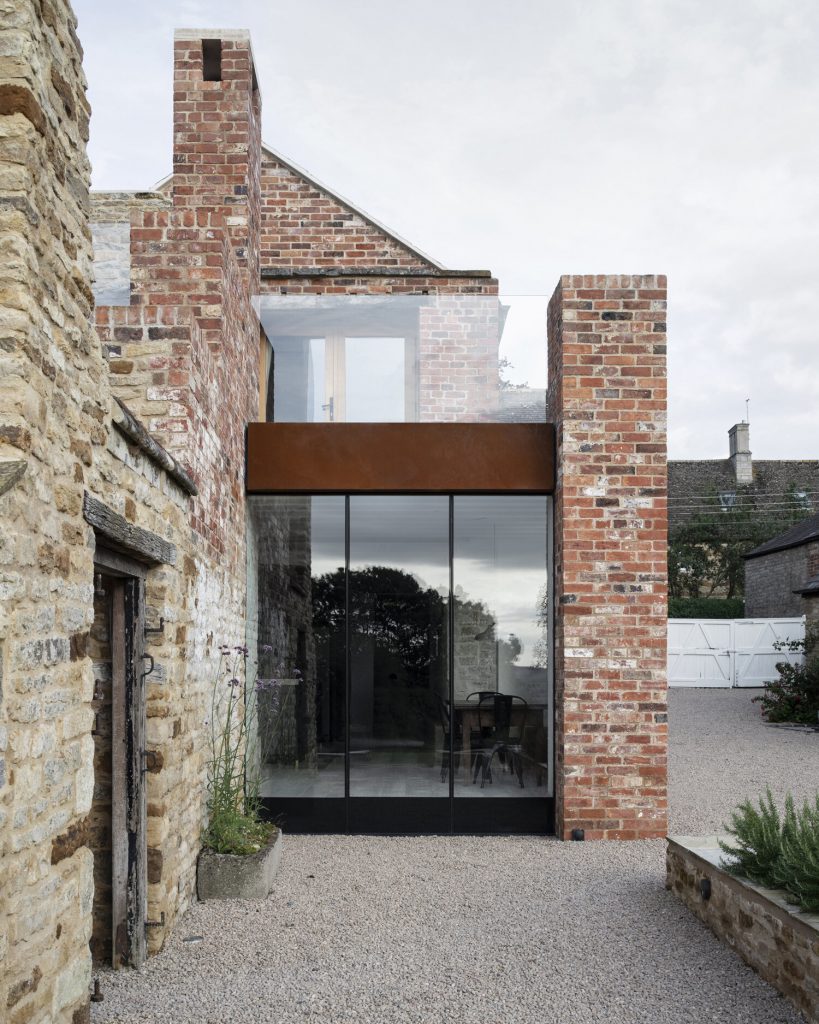
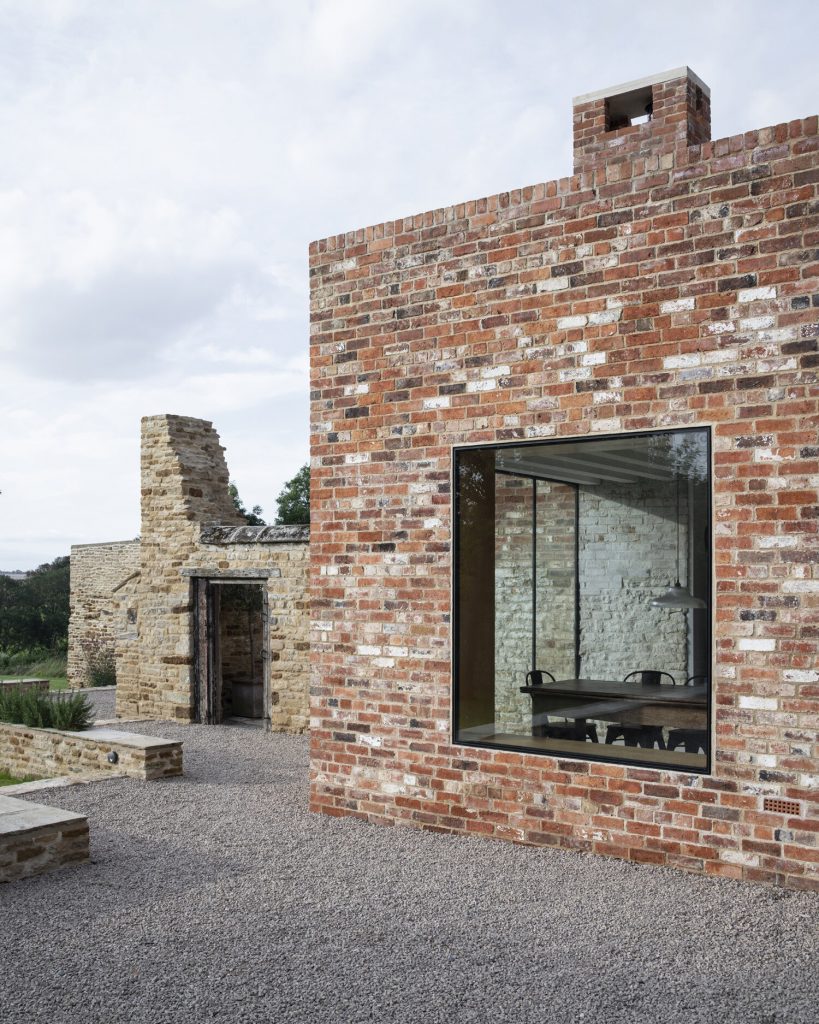
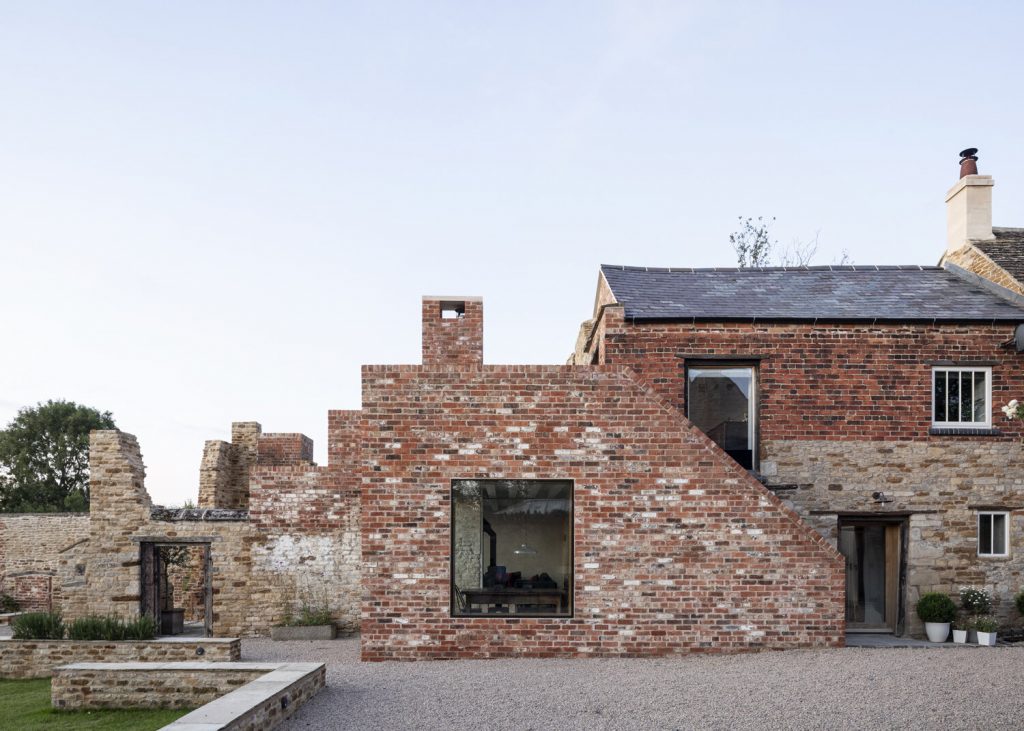
The Parchment Works by Will Gamble Architects
For both interior and exterior, the team chose a palette of honest materials that references the site’s history and the surrounding rural context.
Externally, corten steel, oak beams, stone slabs and reclaimed brick were used. The extension was built from up-cycled materials predominantly found on site which was both cost effective and sustainable, whilst allowing the design to sensitively blend into its surroundings.

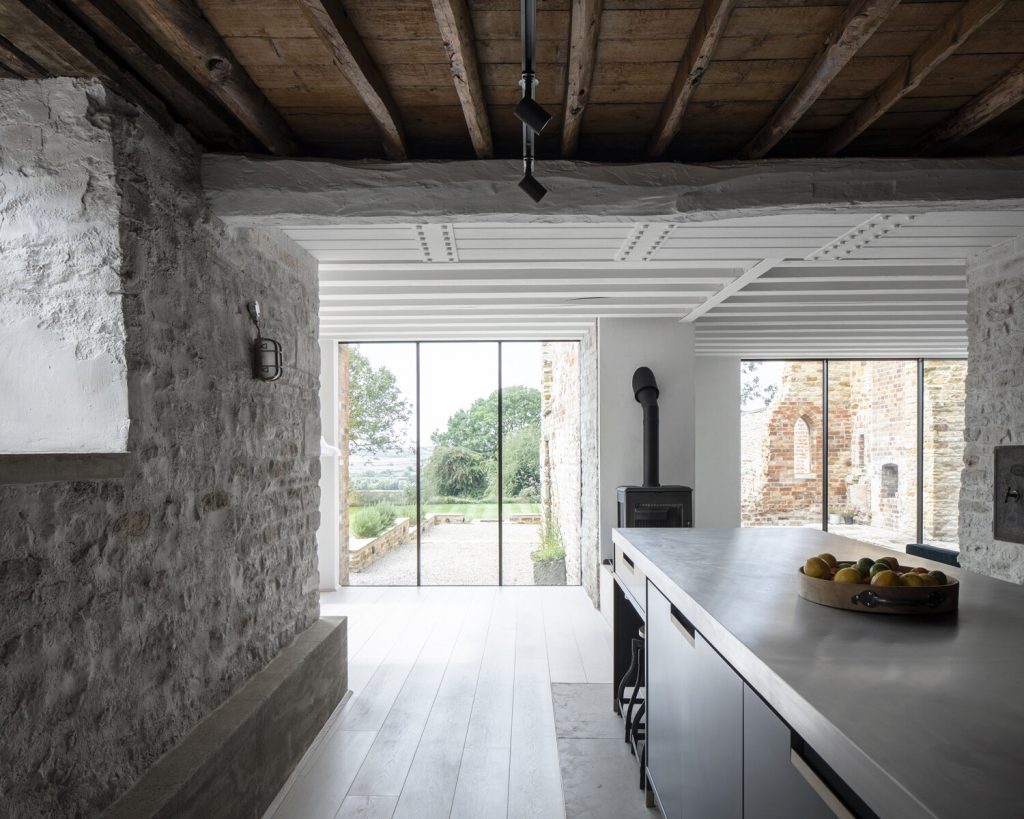

The Parchment Works by Will Gamble Architects
Internally, the structural beams of the existing cattle shed were exposed, as well as the steelwork to the new parts – the stone walls were repainted and washed in lime to create a mottled effect, and a concrete plinth was cast along the base to create a monolithic chunky skirting.

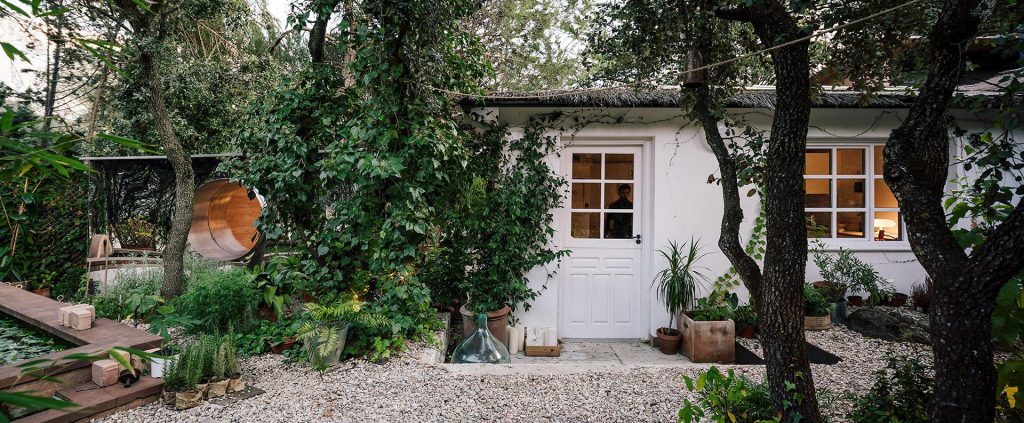
La Madriguera by Delavegacanolasso
Local architecture practice Delavegacanolasso added a mirrored extension to a disused art studio in Madrid to create a cosy home for a young couple. The original 50-square-metre studio that once belonged to a grandfather of the client had no thermal insulation and the verdant garden looked ‘more like a dump.’ Delavegacanolasso had to completely revive the structure in order for it to be liveable again.
Contrasted to the modern trend of ‘exhibitionism’ with great windows showing everything, La Madriguera (Spanish for The Burrow) gets the house back to its essence, claiming ‘the importance of the introverted against the extroverted.’
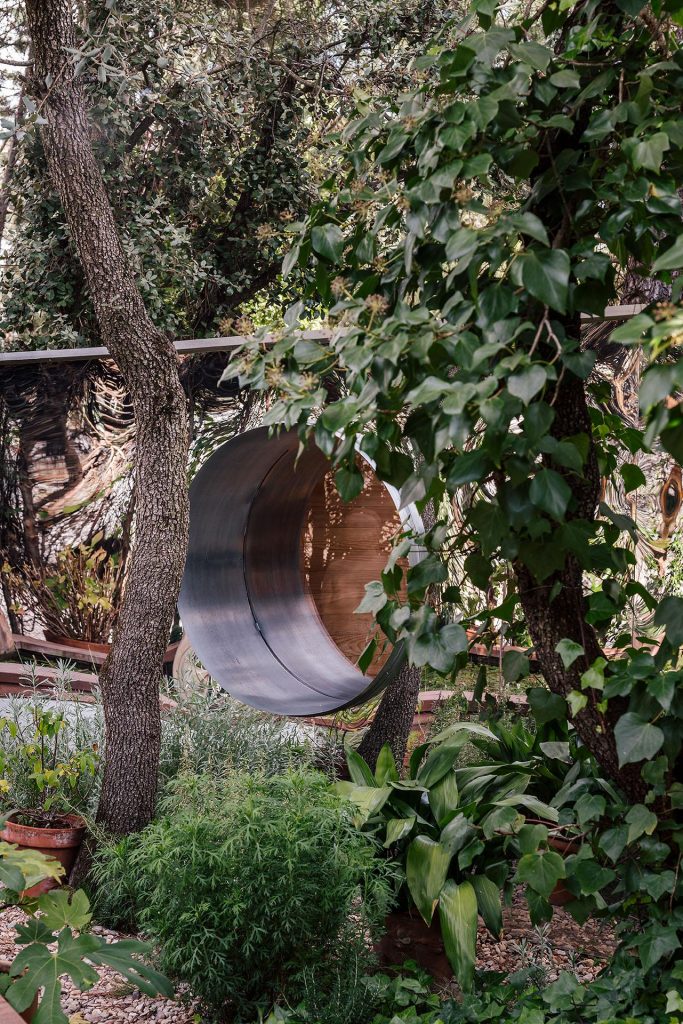

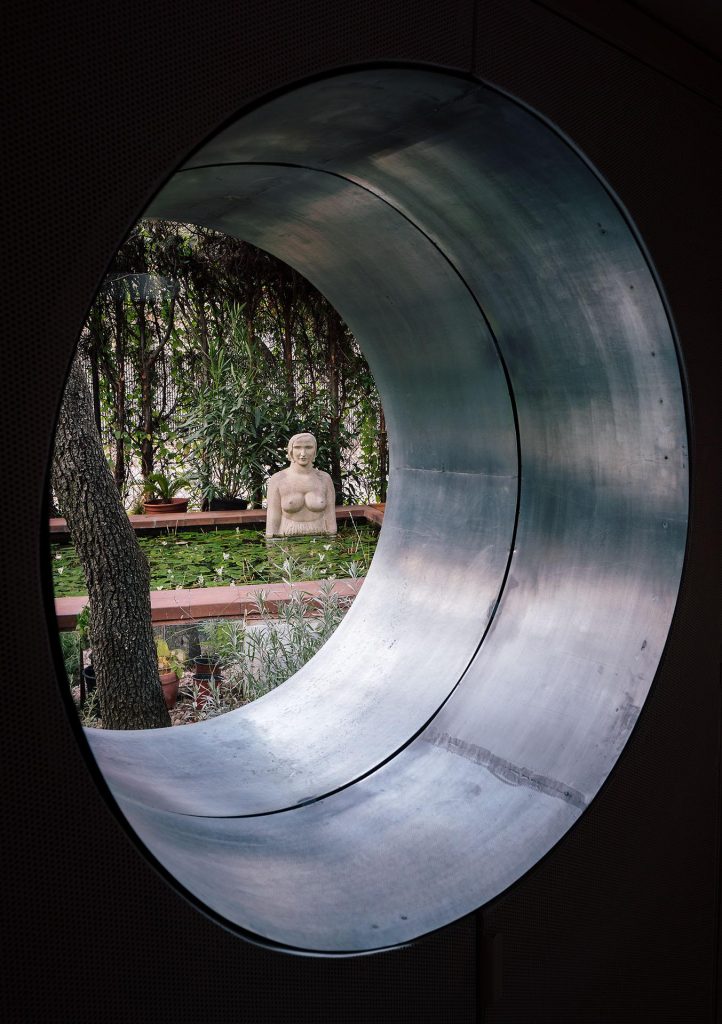
La Madriguera by Delavegacanolasso
The restored art studio accommodates a kitchen suite and a dining area, while an extension wrapped in mirrored panels of thermoplastic has been erected to accommodate a bedroom and bathroom. The foliage reflected in the sheets of methacrylate camouflages the extension, with the circular window being visible against the background of the garden. It looks out over the new artificial pond with a nude stone sculpture perched on the edge, while another porthole in the shower cubicle offers another perspective of the garden.

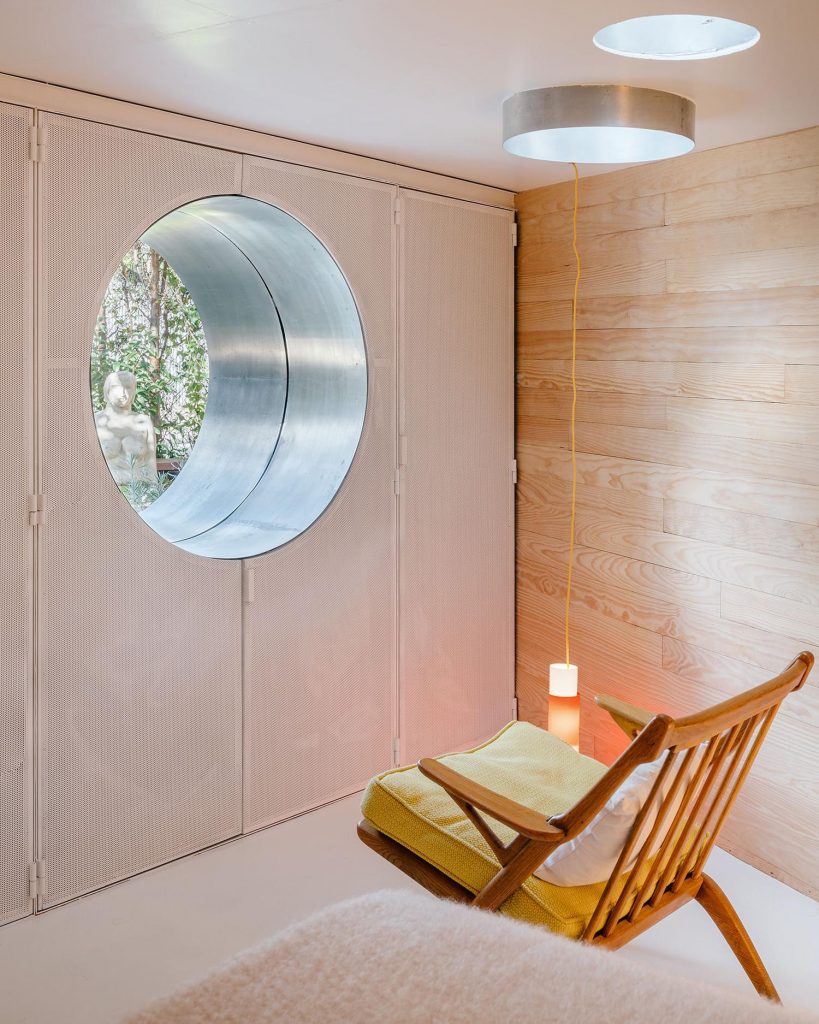

La Madriguera by Delavegacanolasso
Internally, the bedroom is all-white with warm furnishings of pine wood. Insulating cork panels have finally been fitted in the roof, along with a couple of frosted sheets of glass to let in extra natural light.
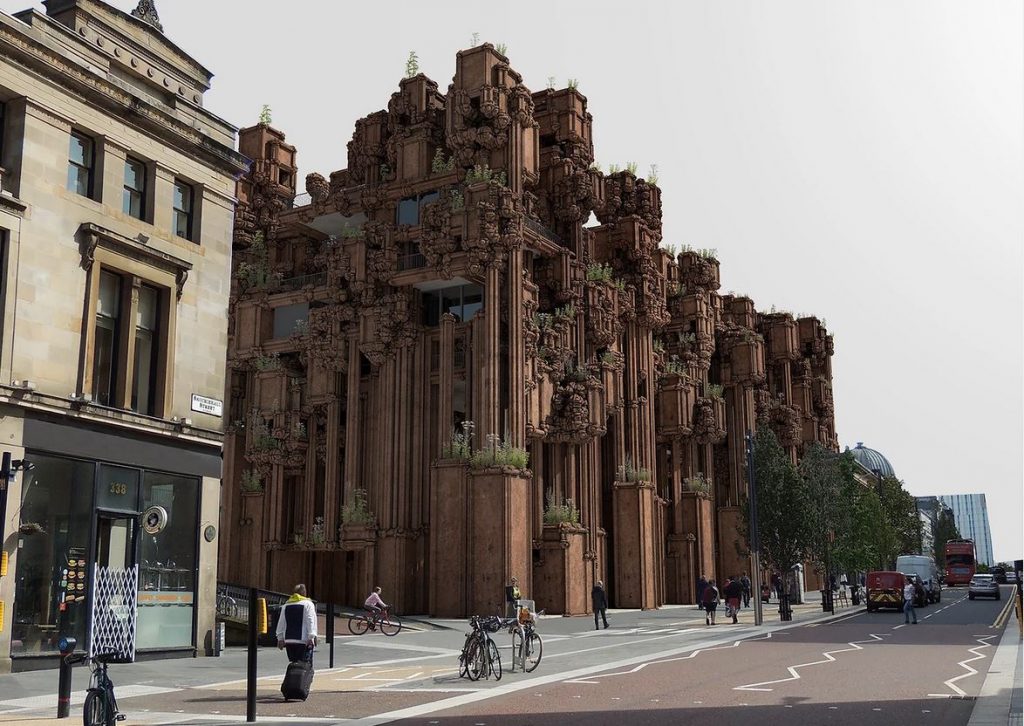
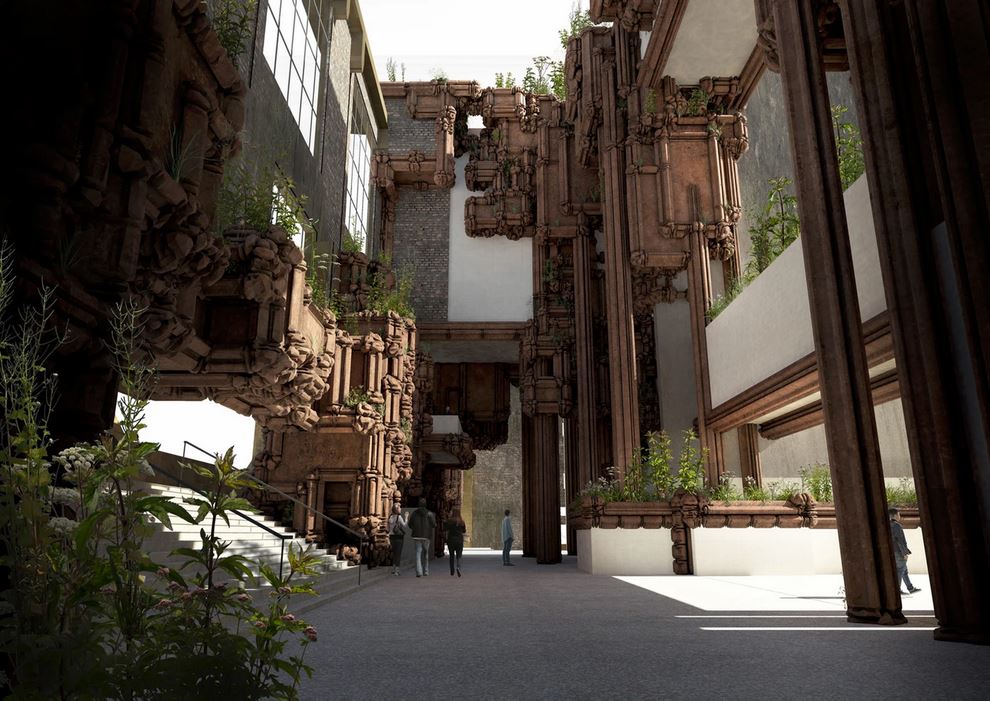
Glasgow School of Art Extension by Barry Wark
London-based architect Barry Wark has conceptualized a project of renovation of renowned Glasgow School of Art. Originally designed by Charles Rennie Mackintosh, the art nouveau building was built between 1897 and 1909 but in 2014 and 2018, it was severely damaged during fires.

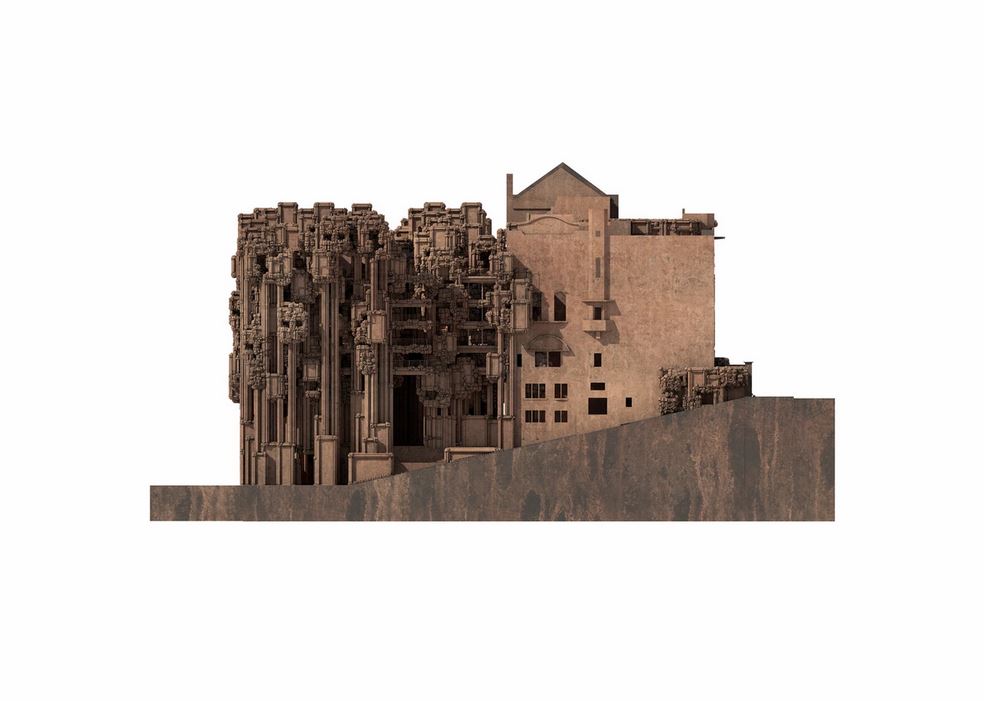
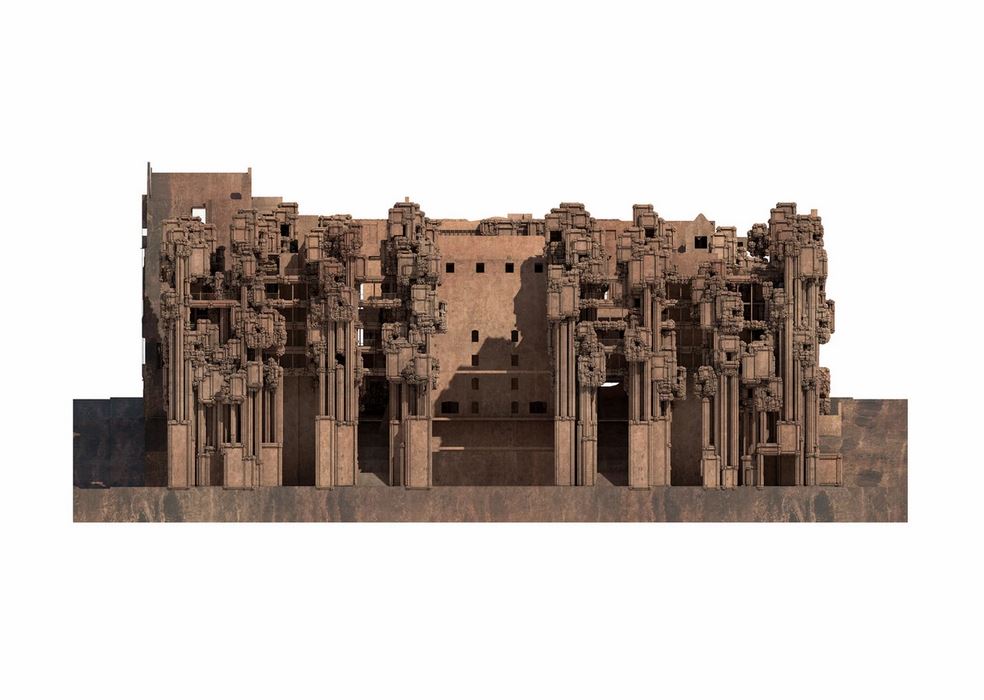
Glasgow School of Art Extension by Barry Wark
The project offers a new form of public spaces and gardens in Glasgow city centre could be more preferably than a total reconstruction. The proposal encompasses an extension to accomodate studio spaces as well as zones reserved exclusively for plant colonisation that aim to bring notions of wilderness into the city. The existing façade of the former art school is retained, and behind it a void is created that is intended for events, gatherings, and exhibitions.
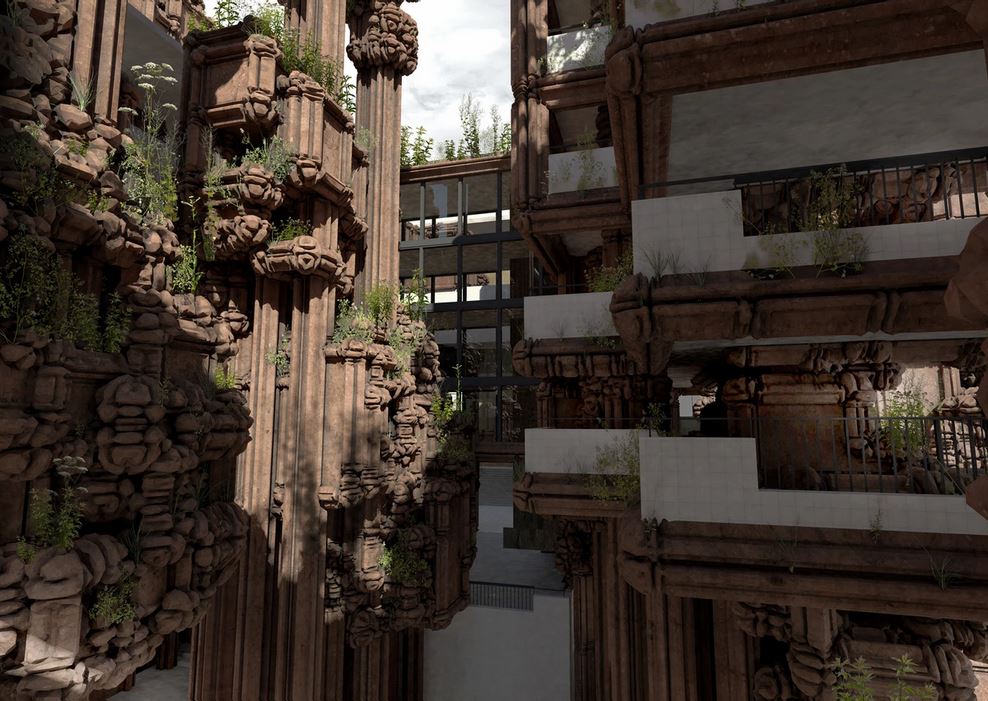

Glasgow School of Art Extension by Barry Wark
The design is inspired by the megalithic architecture of the city and historical Scottish castles and makes further references to the original building. The new façade is characterized by its folded geometry with multiple seams on every element to encourage the propagation of vegetation from seeds dispersed there by the wind.